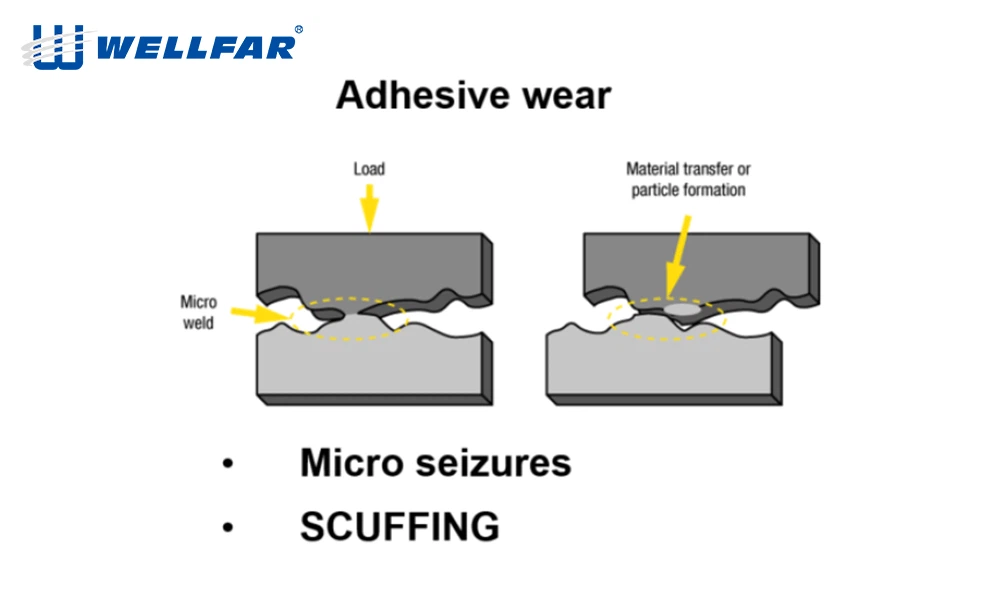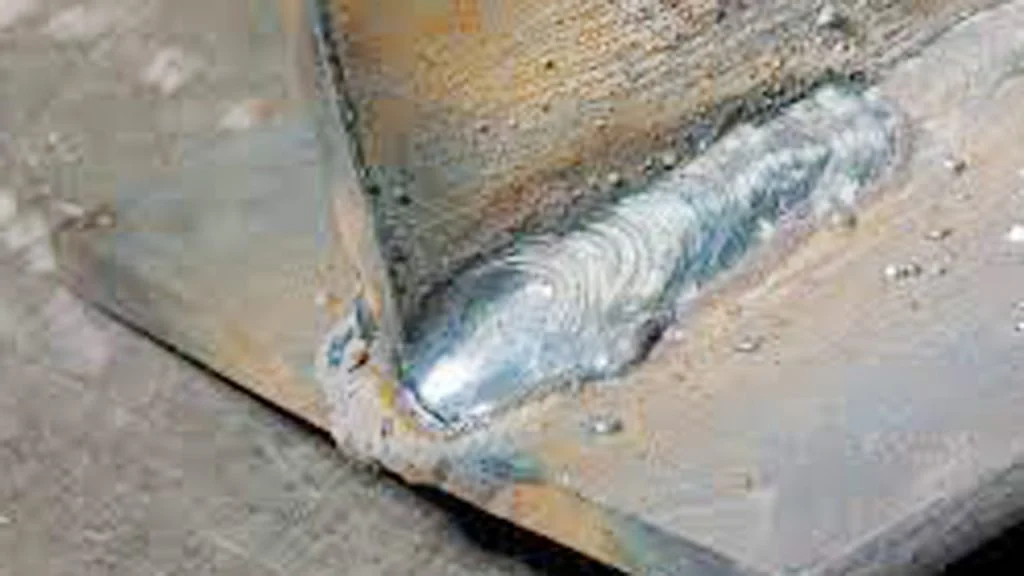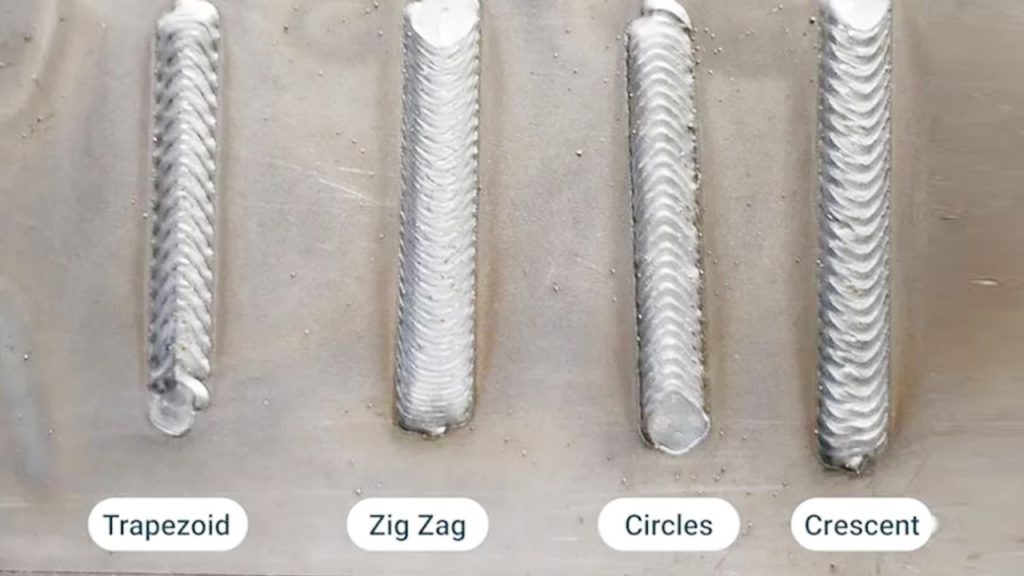Yes, welding can potentially cause seizures. This is due to various factors linked to the welding process.
Welding involves intense light and heat, which may affect some individuals. People with photosensitive epilepsy are especially at risk. The bright flashes from welding can trigger seizures in susceptible people. Additionally, fumes and gases released during welding may also pose a risk.
These could affect the nervous system, potentially leading to seizures. Proper safety measures and precautions are crucial for welders. Understanding the risks can help prevent health issues. This blog will explore these risks in detail. By the end, you’ll know how to stay safe while welding.

Credit: www.ebay.com
Introduction To Welding Risks
Welding is an essential skill in many industries. It involves joining metal parts together using heat. While welding can create sturdy structures, it also comes with many risks. From burns to eye damage, welders face various hazards daily. But did you know that welding might also cause seizures? Let’s dive into the common safety concerns and why seizures might sometimes be overlooked.
Common Safety Concerns
When we think about welding, several dangers come to mind. Here are some of the most common safety concerns welders face:
- Burns: Welding involves intense heat which can cause severe burns if not handled properly.
- Eye Damage: The bright light from welding can harm your eyes, leading to a condition known as “welder’s flash.”
- Inhalation of Fumes: Welding produces fumes that can be harmful when inhaled, potentially causing lung damage.
- Electric Shock: There is always a risk of electric shock, especially in wet or damp conditions.
All these hazards are well-known, and safety measures are often put in place to protect welders. However, there is one risk that is not as commonly discussed: seizures.
Why Seizures Might Be Overlooked
Seizures are not typically associated with welding. But they can happen, and here’s why they might be overlooked:
- Less Obvious Symptoms: Unlike burns or eye damage, seizures do not have immediate, visible signs. This makes them harder to recognize.
- Delayed Onset: Seizures might not occur immediately after welding. They can happen hours or even days later, making it difficult to link them to welding activities.
- Lack of Awareness: Many people, including welders, are unaware that welding can trigger seizures. This lack of knowledge means that symptoms might not be reported or connected to welding.
Interestingly, I had a friend who experienced unexplained seizures. After much investigation, it turned out that his welding job was the culprit. So, it’s crucial to be aware of all potential risks, even the ones that seem far-fetched.
In conclusion, while welding is a valuable skill, it comes with many risks. It’s essential to be aware of all potential hazards, including the less obvious ones like seizures. By understanding these dangers, we can take better precautions and ensure a safer working environment.

Credit: www.amazon.com
Understanding Seizures
When we talk about seizures, many people think of dramatic scenes from movies. But in reality, seizures are more common and less theatrical. A seizure is a sudden surge of electrical activity in the brain. This can affect how you feel, move, or even think. So, let’s break it down and understand seizures better.
Types Of Seizures
Seizures come in different shapes and sizes, just like people. Here are the main types:
- Generalized Seizures: These affect the whole brain and usually cause a loss of consciousness. Think of them as a brain-wide event.
- Focal Seizures: These start in one part of the brain and can stay there or spread. They might make you feel strange or act in odd ways.
- Absence Seizures: Often seen in kids, these cause brief lapses in awareness. It’s like pressing the pause button on a remote control.
Common Triggers
Understanding what triggers seizures can be like finding a needle in a haystack. But some common triggers stand out:
| Trigger | Description |
|---|---|
| Stress | High levels of stress can mess with your brain’s wiring. |
| Lack of Sleep | Your brain needs rest. Without it, you’re asking for trouble. |
| Flashing Lights | Bright, flashing lights can trigger seizures in some people. |
| Alcohol | Too much alcohol can lower your seizure threshold. |
| Medication | Some meds can be a double-edged sword, controlling or causing seizures. |
Ever wonder why your friend can party all night without issues, but you feel like a zombie? It’s all about how unique our bodies are. Knowing your triggers can be a game-changer.
So, can welding cause seizures? The answer isn’t black and white. Welding involves bright lights and high-stress environments. Both can be potential triggers. If you’re a welder or considering this profession, take note. It’s always a good idea to talk to your doctor about your specific situation.
Remember, knowledge is power. By understanding seizures and their triggers, you can take better control of your health. Stay safe and informed!
Potential Links Between Welding And Seizures
Welding is a skilled trade that involves joining metal parts together using heat. However, some welders have raised concerns about experiencing seizures after working. While it’s not common, it’s important to understand the potential links between welding and seizures. Let’s explore two main factors that might contribute to this issue.
Exposure To Bright Light
Welding involves intense light, often referred to as an arc flash. This light is not only bright but also contains UV rays. For some individuals, especially those who are sensitive to light, this can be a problem. Imagine staring at the sun for a few seconds; it’s blinding, right? Now, think about welders who face this kind of light regularly.
In some cases, this exposure can trigger seizures, particularly in people who have photosensitive epilepsy. This type of epilepsy is triggered by flashing or bright lights. If you’re a welder and have noticed unusual symptoms, it might be worth checking with a doctor. Remember, safety first!
Inhalation Of Fumes
Another potential link between welding and seizures is the inhalation of fumes. When metals are heated, they release gases and tiny particles into the air. These fumes can be harmful if inhaled over time. Think of it like breathing in smoke from a fire, but every day.
Some of these fumes contain metals like lead, manganese, and cadmium. Long-term exposure to these substances can affect the nervous system, sometimes leading to neurological issues, including seizures. It’s crucial to use proper ventilation and protective gear while welding to minimize these risks.
In conclusion, while welding is a vital and rewarding profession, it comes with risks. Bright light exposure and inhalation of fumes are potential factors that might link welding to seizures. By being aware and taking preventive measures, welders can protect their health while continuing their important work.
Bright Light And Photosensitive Epilepsy
Welding is a fascinating skill that involves joining materials, usually metals, by melting them. However, it comes with its risks. One of the lesser-known dangers is its potential to trigger seizures in people with photosensitive epilepsy. This condition causes seizures when the person is exposed to certain visual stimuli, such as flashing lights or patterns. The bright light produced during welding can be a significant trigger.
Mechanism Of Photosensitivity
Photosensitive epilepsy is a type of epilepsy where seizures are triggered by visual stimuli, particularly flickering or flashing lights. The bright light from welding can cause neurons in the brain to fire excessively, leading to a seizure. This happens because the brain’s visual cortex becomes overly stimulated by the intense light, causing a disruption in normal brain activity. Imagine it like a short circuit in an electrical system; too much current, and the fuse blows.
Preventive Measures
Fortunately, there are ways to reduce the risk of seizures for those sensitive to bright lights. Here are some practical tips:
- Wear Protective Gear: Always wear a welding helmet with a proper filter lens to reduce the light intensity.
- Use Proper Lighting: Ensure that your workspace is well-lit to minimize the contrast between the welding arc and the surrounding environment.
- Take Breaks: If you start to feel dizzy or see spots, take a break. Giving your eyes a rest can prevent overstimulation.
- Consult a Doctor: If you have a history of photosensitive epilepsy, consult your healthcare provider for personalized advice and possible medication adjustments.
By following these measures, you can significantly reduce the risk of seizures and continue to weld safely and effectively. Remember, safety first!
Welding can be a rewarding profession or hobby, but it’s crucial to be aware of the risks and take appropriate precautions. After all, isn’t it better to be safe than sorry?
Harmful Fumes And Neurological Impact
Welding is an essential skill in many industries. However, it also comes with certain risks. One concern is whether welding can cause seizures. In this section, we’ll explore how harmful fumes from welding may affect the nervous system.
Composition Of Welding Fumes
Welding fumes are a mix of tiny particles. These particles are formed when metals are heated during welding. The composition of these fumes can vary. Here are some common elements found in welding fumes:
- Iron – A primary component in steel welding.
- Nickel – Often used in stainless steel welding.
- Chromium – Also found in stainless steel.
- Zinc – Common in galvanized metals.
- Lead – Present in some old or painted metals.
These particles can be harmful if inhaled. They can enter the lungs and bloodstream, potentially affecting the entire body.
Effects On The Nervous System
Now, let’s talk about how these fumes might impact your nervous system. The nervous system controls everything from muscle movements to thoughts and emotions. Harmful fumes can disrupt this delicate system in several ways:
- Neurotoxicity: Some metals, like lead and manganese, are neurotoxic. This means they can damage nerve cells. Over time, this damage can lead to neurological issues.
- Inflammation: Inhaling toxic fumes can cause inflammation in the brain. Chronic inflammation is linked to various neurological disorders.
- Oxidative Stress: Toxic particles can cause oxidative stress. This is a state where harmful molecules damage cells, including those in the nervous system.
Let’s not forget personal experiences. A friend of mine, who is a welder, once complained of frequent headaches and dizziness. He said these symptoms worsened after long hours of work. Could welding fumes be the culprit? It’s possible.
In conclusion, while welding is a valuable skill, it’s essential to be aware of the potential risks. Using proper ventilation and protective gear can help minimize exposure to harmful fumes. After all, health is wealth, right?
Case Studies And Reported Incidents
Welding is a common industrial activity with potential health risks. One lesser-known risk is the possibility of seizures. To understand this, we explore case studies and reported incidents. This helps us see the connection between welding and seizures.
Documented Cases
There have been several documented cases of seizures in welders. In one case, a welder experienced seizures after prolonged exposure to welding fumes. The fumes contained metals like manganese, which can affect the brain. Another case involved a welder with no prior history of seizures who developed them after years of welding. These cases highlight the potential risks welders face.
Statistical Analysis
Studies show a higher incidence of seizures in welders compared to the general population. A survey found that 5% of welders reported seizures at some point. This is higher than the average rate of 1-2% in the general population. These numbers suggest a possible link between welding and seizures. More research is needed to confirm this connection.
Safety Protocols For Welders
Welding is a crucial skill in many industries but comes with its own set of hazards. One of the lesser-known risks is the potential for seizures. Ensuring safety in welding isn’t just about following rules; it’s about protecting yourself and those around you. Let’s dive into some essential safety protocols for welders.
Protective Equipment
First and foremost, wearing the right protective equipment is non-negotiable. It’s your first line of defense against various hazards in welding. Here’s what you need:
- Welding Helmet: Protects your eyes and face from sparks and bright light.
- Gloves: Shield your hands from heat and electrical risks.
- Fire-Resistant Clothing: Prevents burns from sparks and hot materials.
- Respirator: Filters out harmful fumes and particles.
- Steel-toe Boots: Protect your feet from heavy objects and electrical hazards.
Think of your protective gear as your armor. Without it, you’re vulnerable to a host of dangers that can lead to serious injuries or even seizures due to exposure to intense light or toxins.
Work Environment Adjustments
The work environment plays a significant role in ensuring safety for welders. Adjusting your workspace can help minimize risks. Here are some key adjustments:
- Ventilation: Ensure proper ventilation to avoid the build-up of toxic fumes.
- Lighting: Adequate lighting to clearly see your work area and avoid mistakes.
- Cleanliness: Keep the workspace clean to prevent accidents caused by clutter.
- Safety Barriers: Use barriers to protect others from sparks and bright light.
A well-organized and ventilated workspace not only improves your efficiency but also significantly reduces the risk of health issues, including seizures. Imagine working in a cluttered, poorly lit environment; it’s like inviting trouble with open arms.
Remember, safety in welding is not just a checklist to tick off. It’s about creating a safe, productive, and healthy work environment. By prioritizing these safety protocols, you’re not only protecting yourself but also ensuring a safer workplace for everyone.
Steps To Minimize Seizure Risks
Welding is a skilled job that requires focus and precision. However, it can pose health risks, including the potential for seizures. There are steps you can take to minimize these risks. Let’s dive into some practical and easy-to-follow measures.
Regular Health Check-ups
Think of your body as a machine. Just like any machine, it needs regular check-ups to function well. Regular visits to the doctor can help you stay on top of your health and catch any issues before they become serious. Here are a few tips:
- Annual Physicals: Make it a habit to see your doctor at least once a year for a full check-up.
- Eye Exams: Welding involves bright lights, which can strain your eyes. Regular eye exams ensure your vision is in top shape.
- Hearing Tests: Loud noises are part of the job. Hearing tests can help you catch any hearing loss early.
By keeping up with regular health check-ups, you can catch potential health issues early and reduce your risk of seizures.
Training And Awareness
Knowledge is power, especially when it comes to safety. Proper training and awareness can go a long way in minimizing risks. Here are some key points to consider:
- Get Certified: Enroll in certified welding programs that cover safety protocols and best practices.
- Stay Updated: Welding techniques and safety standards evolve. Keep yourself updated with the latest information.
- Use Protective Gear: Always wear appropriate gear like helmets, gloves, and protective clothing to minimize exposure to harmful elements.
Remember, safety begins with you. The more you know, the better prepared you are to handle any situation that arises on the job.
In conclusion, while welding can pose risks, taking proactive steps like regular health check-ups and staying informed through training can significantly reduce the chances of seizures. After all, a safe worker is a happy worker!

Credit: www.wellfarengineparts.com
Frequently Asked Questions
Can You Be A Welder If You Have Seizures?
Having seizures can make welding dangerous. Consult your doctor and employer to assess risks and necessary safety measures.
What Are The Neurological Effects Of Welding?
Welding can cause neurological effects like memory loss, difficulty concentrating, and mood changes. Exposure to manganese fumes may lead to Parkinson’s-like symptoms. Always use proper protective equipment to minimize risks.
What Are The Side Effects Of Being A Welder?
Welders may experience eye strain, skin burns, and respiratory issues. Prolonged exposure can lead to hearing loss and chronic lung problems.
What Illnesses Do Welders Get?
Welders can develop respiratory issues, including asthma and bronchitis. They may suffer from metal fume fever, skin burns, and eye injuries. Prolonged exposure increases the risk of lung cancer and hearing loss. Proper safety measures are crucial to minimize these health risks.
Conclusion
Understanding the risks of welding is important. Seizures from welding are rare but possible. Safety measures can help prevent issues. Always wear proper protective gear. Keep your work environment safe. Consult a doctor if you have health concerns. Regular check-ups can help catch problems early.
Stay informed and prioritize your safety.

